Every day, we bring to light changemakers, risk-takers, and innovators who disrupt the norm through their ideas. In this piece, we explore the 10 most compelling trailblazers whose ideas have rippled into models that set a precedent for the world to follow. Change starts with a single thought. And here are some that evolved into revolutions.
1. The doctor who gave back to his village
The ‘Utkal Gaurav International School’ in Odisha has assumed the role of a launchpad for the dreams of children, especially those who lack the wherewithal to succeed. Growing up, Dr Pradeep Sethi, now a leading hair transplant surgeon, had big ideas but limited finances. From toiling as a daily wage labourer to pay his MBBS fees to wearing the same outfit for weeks, Dr Sethi saw some tough times.
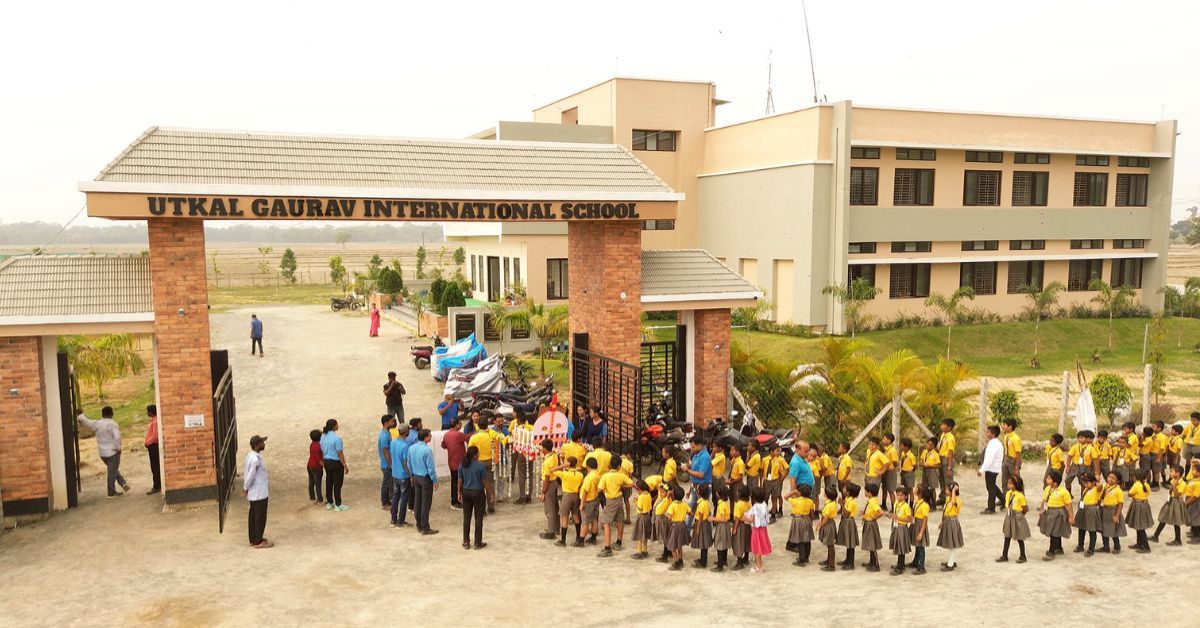
So, when his professional trajectory began to pick up, his first thought was to give back. The school he has started in Berunapadi village of Odisha reaffirms this commitment. Dr Sethi shares that its focus is on holistic education, combining academic subjects with classes on agriculture, business, industry, and more. Currently, 450 children, from lower KG to class 12, study in the school.
Read the story here.
2. The constable who is coaching India’s future
Delhi police officer Amit Lathia is keen that every child gets to live their dream. The fact that his bank balance is almost emptied trying to keep this vision alive, does not deter him. The police official is reaching out to children in Haryana’s underprivileged communities who harbour big dreams of joining the government service. These are children who were once rickshaw pullers, painters and waiters.
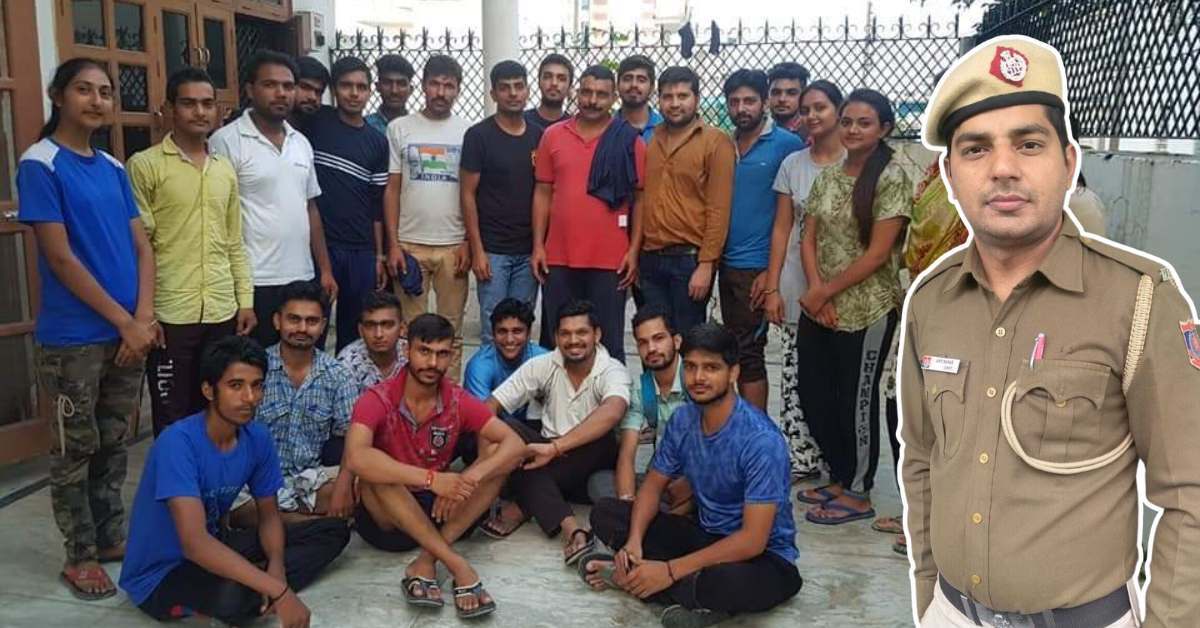
To further the resources the children have access to, Lathia rented four flats and equipped each with chairs, tables, beds, and a library. His unwavering dedication has helped 185 children secure government jobs after clearing competitive entrance exams. “I handhold them till the point they become self-reliant. The reason why I devoted myself to the future of these children is because I see myself in them,” he shares.
Read the story here.
3. The wildlife lover who saved the elephants
Conservationist Vivek Menon, also co-founder of Wildlife Trust of India — an organisation dedicated to the preservation and protection of wild habitats, is the man behind the inception of the elephant corridors, a narrow strip of land that allows elephants to move between habitats.
Menon’s scope of work can be seen across the five organisations that he has created — TRAFFIC India — a wildlife trade monitoring network; NGO Srishti — an organisation founded to protect the environment in Delhi; Delhi Bird Club; Venu Menon Animal Allies Foundation; and Wildlife Trust of India (WTI).
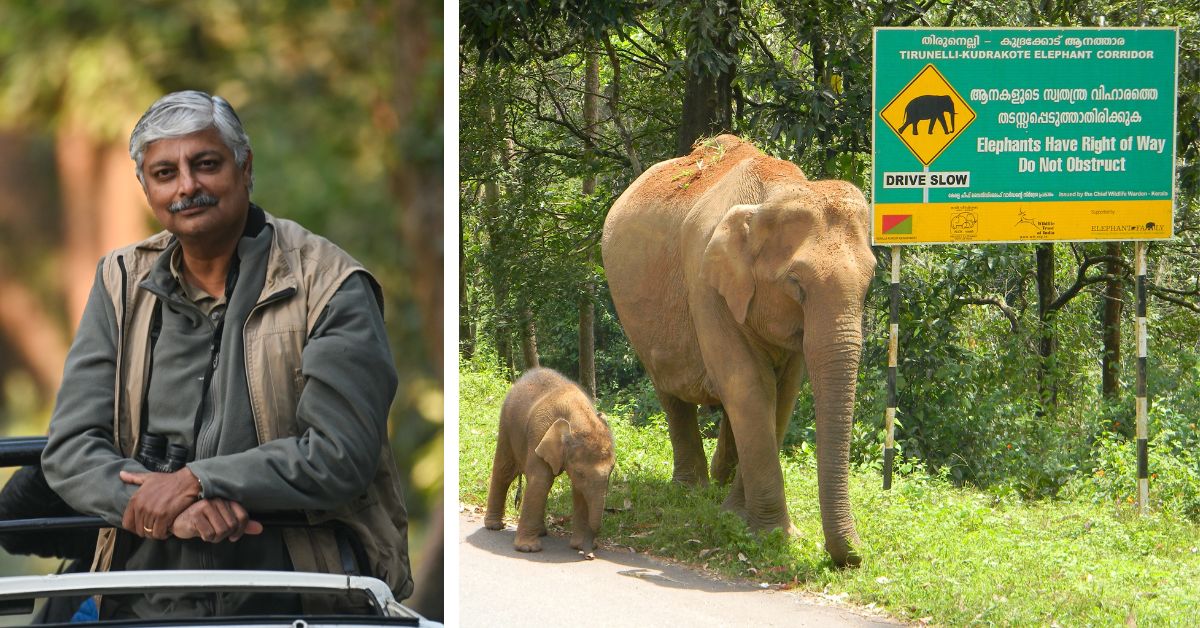
His career has been filled with navigating logistical hurdles and bureaucratic impediments while busting poaching rackets, fighting against the illegal international ivory trade, and planning linear infrastructure — highways, railways, road passes, and power lines — in such a way that the elephants are allowed to pass. WTI along with the Government of India and top scientists have identified and surveyed 101 such functional corridors across 11 states for the 29,000-odd Asian Elephants in India.
Read the story here.
4. The visually impaired dreamer who gave abandoned blind seniors a home
What would you do if you woke up one day only to discover you had lost your sight?
Laljibhai Prajapati (69) created a home that has helped over 500 senior citizens in the Kachchh region of Gujarat. Under the umbrella of Shri Navchetan Andhjan Mandal, not just abandoned visually impaired senior citizens get a life of dignity but also those who lack access to resources.
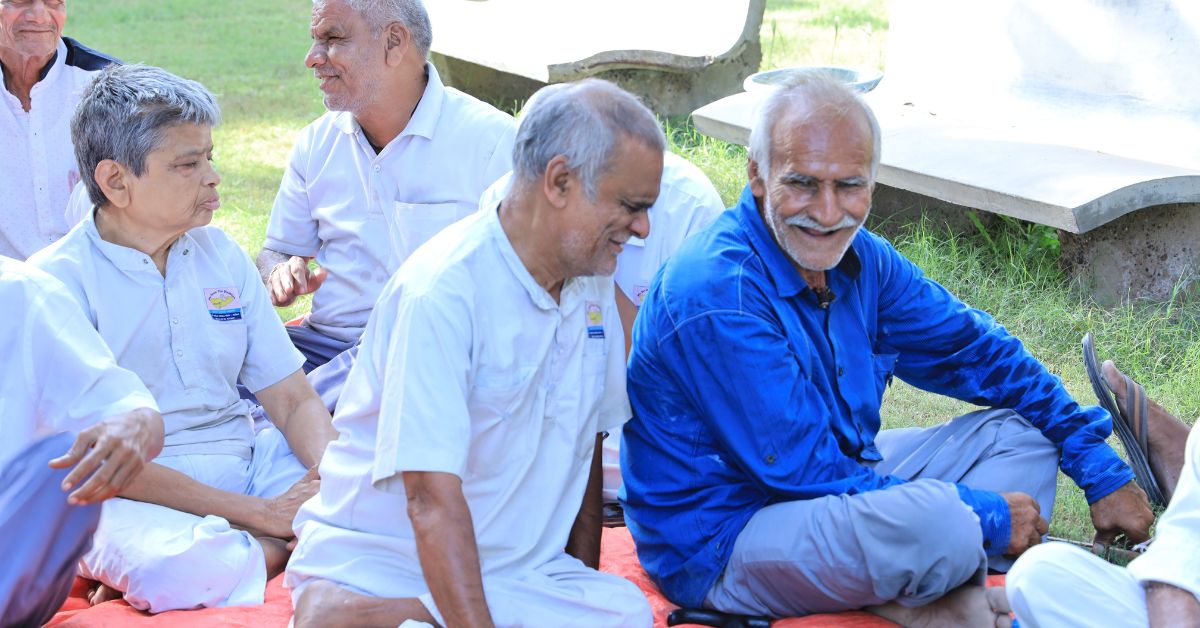
In 2006, the trust — which was limited to offering help to senior citizens at the time — was the recipient of the National Award for ‘Creation of Barrier-free Environment for Persons with Disabilities’ by Dr APJ Abdul Kalam, then President of India. This recognition compelled Laljibhai to expand the reach of the trust to include an inclusive education programme; a Mind Power Development Centre with yoga, meditation, music, and dance therapy, and also a rehabilitation and physiotherapy unit for children with cerebral palsy.
While funding trickles in from various donors, Laljibhai continues to fund this project largely by himself.
Read the story here.
5. The man who used Miyawaki to turn India green
Appalled at how modern-day construction projects deteriorate the environment, Radhakrishnan (R K) Nair purchased a piece of land in 2012 in Umargram, Gujarat where he planted 1,500 trees using the Miyawaki method. He was astonished at the green dividends. Developed by Japanese botanist Akira Miyawaki, this approach mimics natural ecosystems to rapidly create dense forests.
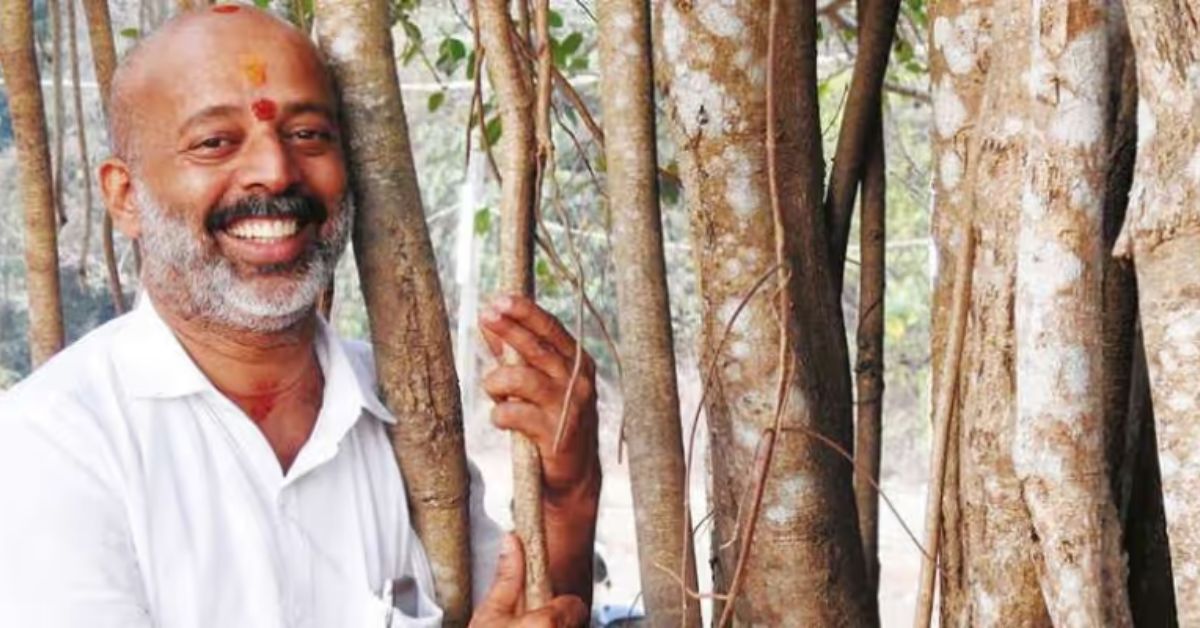
Drawing from the success of his first Miyawaki forest in Umargam, Nair expanded the scope of his work, going on to work with 12 state governments to create over 80 forests in urban areas and restoring ecological balance in cities.
Read the story here.
6. The youth cremating unclaimed bodies
Gurugram’s Jas Kalra is carrying on the legacy of his father Ravi Kalra who founded the Earth Saviours Foundation in 2008 in an attempt to help the disabled and destitute. This includes elderly citizens left to fend for themselves, disabled individuals abandoned by their families, those ailing and on the brink of death, and even those covered in bedsores and maggots.
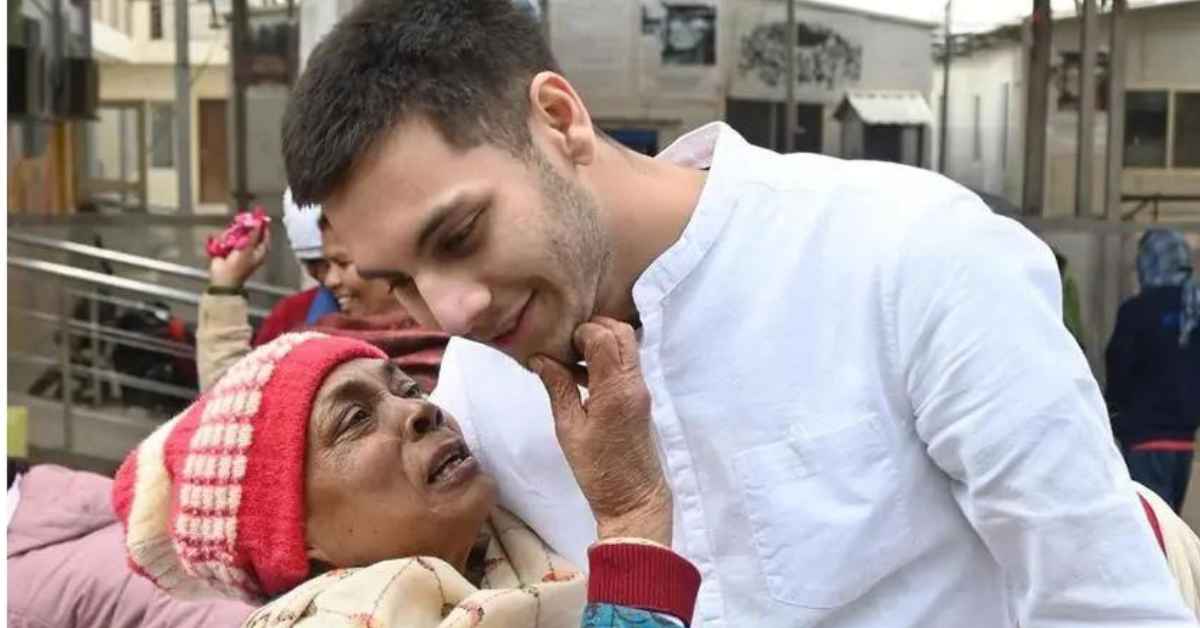
Having rescued more than 1,500 homeless individuals from dire street conditions, Jas (25) offers them immediate first aid and welcomes them into his shelter homes. Additionally, he has helped reunite over 3,000 people with their families after rehabilitation and personally cremated over 3,000 unclaimed bodies. “Everyone deserves dignity, regardless of how society has failed them,” he says.
Read the story here.
7. The patriarch turned feminist changing Haryana’s mindset
Former sarpanch (village head) Sunil Jaglan’s advocacy work in Jind district, Haryana, often involves stepping on patriarchy’s toes. But he doesn’t mind. A former patriarch himself, Jaglan had his moment of transformation following the birth of his daughters.
In a state where gender equality is often a blind spot, Jaglan dedicated his life towards campaigning for an equal world. This includes the ‘Gaali Bandh Ghar’ campaign in 2016, in which he encouraged people to refrain from using swear words that referenced women.
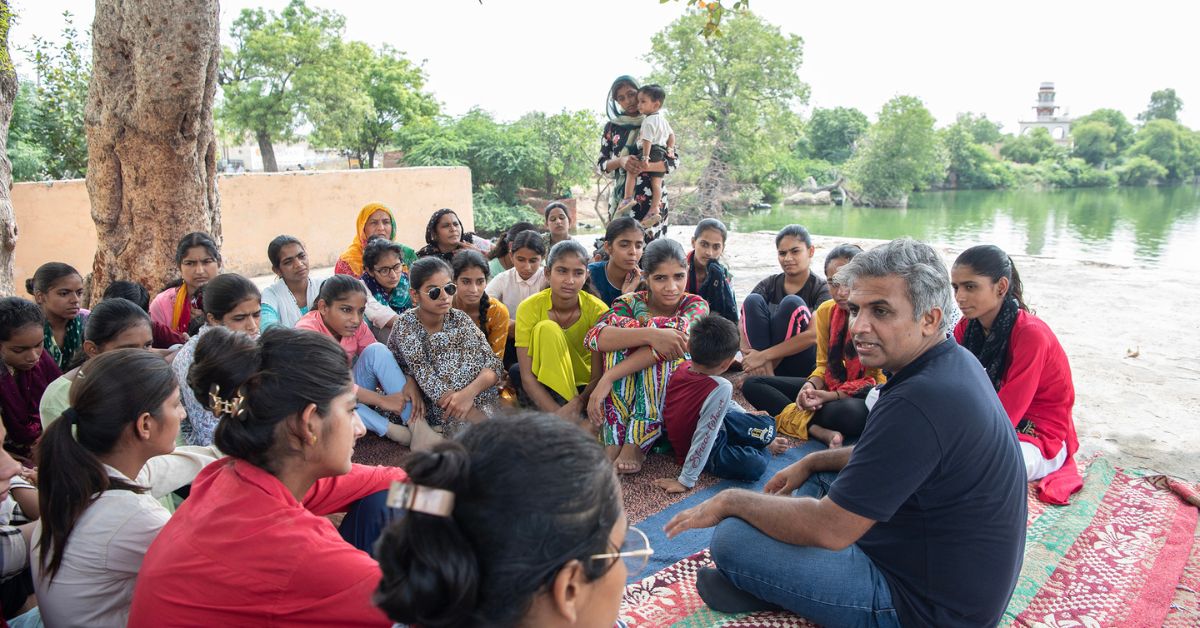
He also promoted other initiatives, such as instating period charts in every home, and ensuring the nameplate in Haryana homes mentions the woman’s name.
One of the biggest corollaries of Jaglan’s advocacy was the khap panchayats (village meetings headed by men) featuring women, where Jaglan encouraged discussions centring around domestic violence, dowry (a payment given to the groom by the bride’s family during marriage), and female foeticide.
Read the story here.
8. The child marriage survivor who is giving women strength
Roshni Perween was married to a man three times her age. As if the atrocity of this was not enough, she says her husband “forced himself” on her and got her pregnant. Abandoned and left to fend for herself, Roshni refused to succumb to despair. She decided to raise her son by herself despite being just 15.
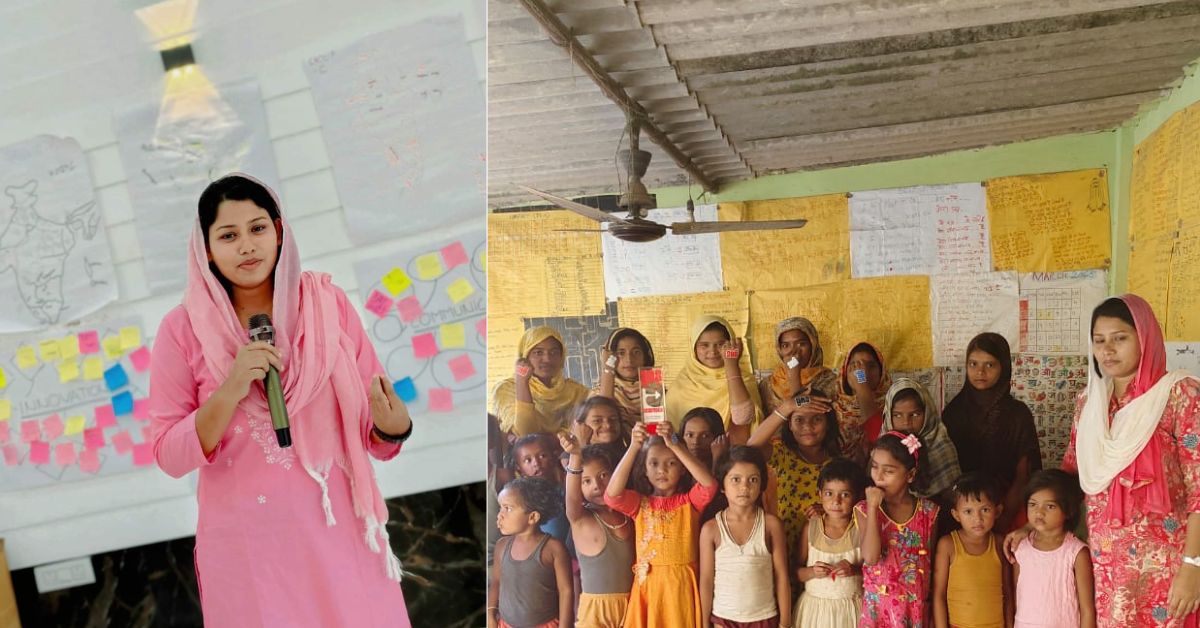
In 2018, Roshni joined forces with Childline India Foundation and has created 15 adolescent girls groups in villages such as Simalwari, Bagalwari, Maheshbhatna, Kochadhaman, Bahadurganj, and Dighalbank.
Through counselling, advocacy, and community engagement, she has successfully prevented over 60 child marriages in the past two years, transforming the lives of countless young girls in the process.
Read the story here.
9. The doctor couple who revolutionised tribal healthcare
Dr Rani Bang and Dr Abhay Bang have spent the last several decades attempting to integrate scientific discipline into the health infrastructure of Maharashtra’s Gadchiroli. Thirty-nine years ago, fresh out of the premier Johns Hopkins, the medical world of opportunities was open to them. But their calling lay in helping tribal communities in India’s hinterland.
For decades, their efforts to medicalise have been directed towards the women and children in the region. Through their work, the couple has managed to reduce the infant mortality rate in Gadchiroli.
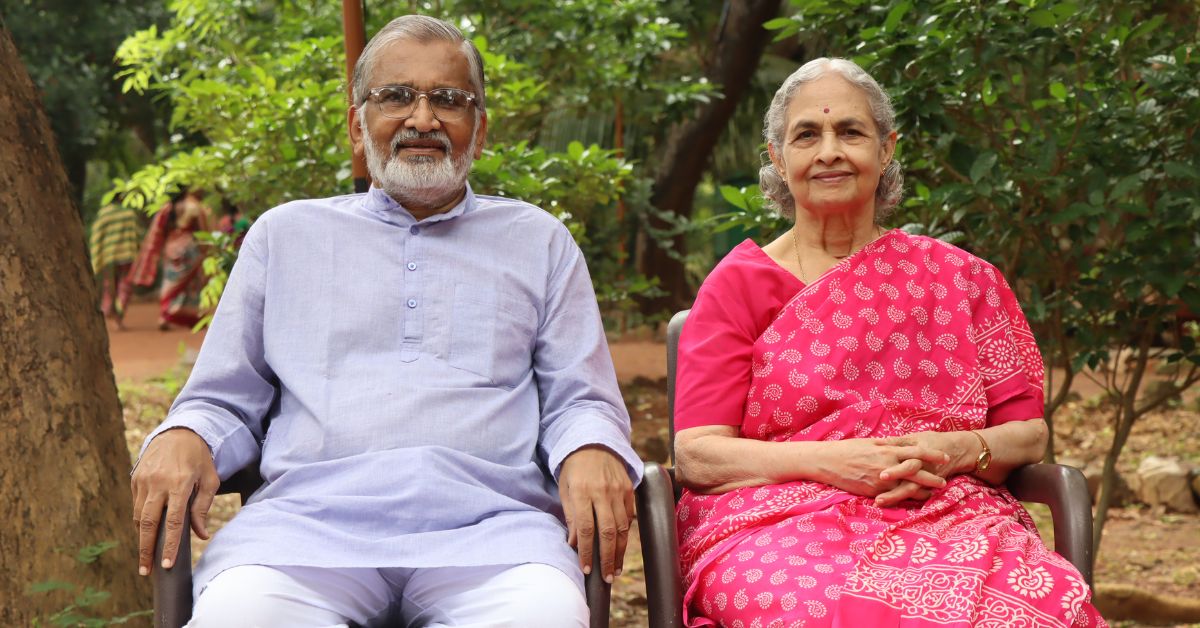
“Initially, when we started working in Gadchiroli, the infant mortality rate was 121 per 1,000 (indicating that 121 out of 1,000 children would die before reaching the first year of life). The number one cause was childhood pneumonia.”
Dr Rani and Dr Abhay trained the village health workers to diagnose and treat the condition. This significantly reduced the infant mortality rate by 60 percent. The model was accepted by the World Health Organisation (WHO). They started educating village health workers ‘Aarogya Doot’ (Health Messengers) to detect and treat neonatal infections. This brought down the infant mortality rate to 20 per 1,000.
Read the story here.
10. The couple who travelled to areas where medicine did not reach
Couple Mohammed Abdul Wohab and Sabitri Pal — the founding members of the SHIS Foundation (Southern Health Improvement Samity), which started in 1980 — bonded over their intentions to champion change in their community. What started as an initiative to distribute medicines for tuberculosis for free from a small tea room grew into a trust that now includes a tuberculosis control programme, an eye care hospital, a school for girls, a centre for disabled children to learn, and skill development programmes for the women of the Sundarbans.
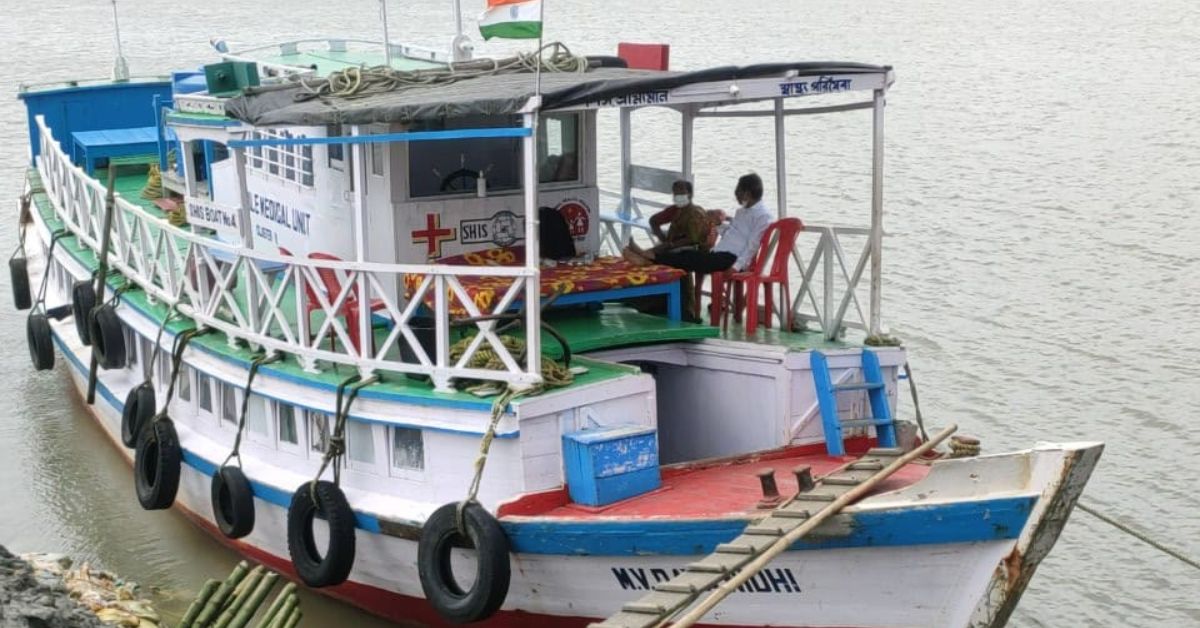
Among their initiatives, the boat clinics are the most popular. Comprising two medical beds, a mobile X-ray, a small pathological unit, a medical store room, and an oxygen cylinder, the boats travel across the 30 islands of the Sundarbans, covering six blocks in the North and 13 in the South.
Since its inception, eight lakh patients have been helped by this innovation.
Read the story here.
Edited by Megha Chowdhury
No comments:
Post a Comment